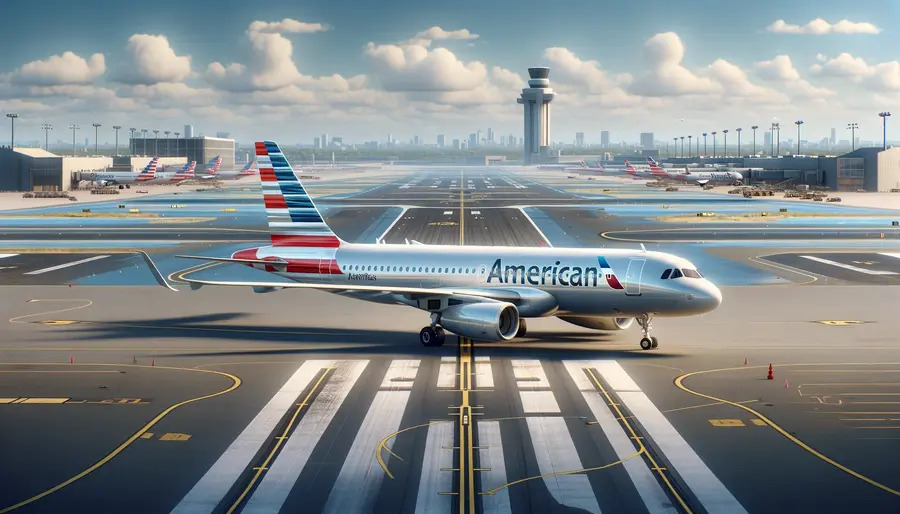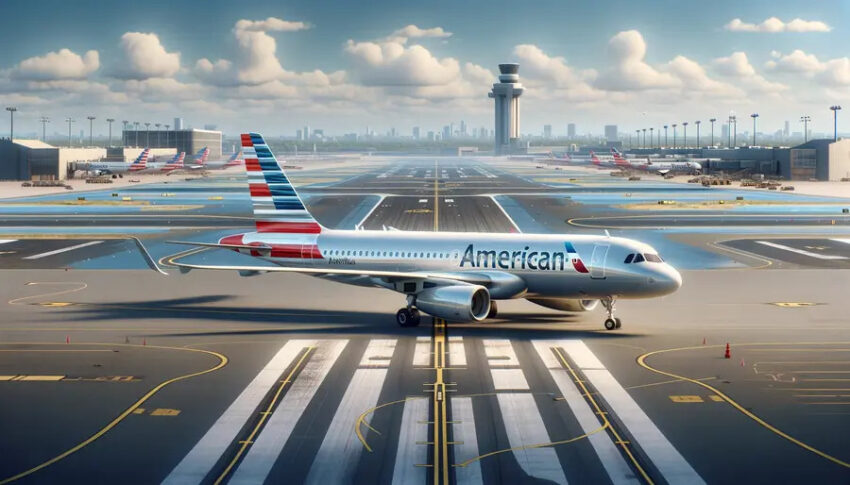 Home » AIRLINE NEWS » American Airlines Takes a Big Step Forward with First Airbus A321XLR Spotted at Hamburg Airport
Home » AIRLINE NEWS » American Airlines Takes a Big Step Forward with First Airbus A321XLR Spotted at Hamburg Airport
Monday, August 26, 2024
Reading Time: 3 minutes 
American Airlines’ first Airbus A321XLR was recently spotted at Hamburg Finkenwerder Airport (XFW), marking a significant step forward in the airline’s fleet modernization plans. The Texas-based airline is set to become the second operator of this highly anticipated long-range aircraft, following Iberia, the launch customer, later this year. This sighting has sparked excitement among American Airlines’ network planning team, as the A321XLR is poised to fill the operational gap left by the retirement of the airline’s Boeing 757-200 and 767-300ER aircraft, which were phased out in 2019.
The aircraft, expected to be registered as N470AN, was seen being towed at the Hamburg facility. Although it is still in its early stages, with the fuselage in primer and engines yet to be installed, the tail is already painted with American Airlines’ distinctive abstract U.S. flag design. This glimpse hints at the airline’s commitment to bringing this aircraft into service as soon as possible.
Excitement Builds for the A321XLR
Brian Znotins, American Airlines’ Senior Vice President of Network Planning, expressed his enthusiasm by sharing an image of the airframe on social media, underscoring the anticipation surrounding the A321XLR’s entry into the airline’s fleet. This new addition is expected to significantly impact American’s route network by enhancing its operational capabilities.
A Game-Changer for Long-Haul Flights
While American Airlines currently operates several A321neo aircraft, the A321XLR brings a new level of performance, particularly for extended-range flights. One of the key features that set the A321XLR apart is its permanent rear-center cargo fuel tank, capable of holding about 3,400 gallons (12,900 liters) of fuel. This design allows the aircraft to handle long-haul routes that are beyond the reach of the A321neo. The tank’s placement behind the wings, extending beneath the aircraft doors, and reinforced landing gear to support the extra fuel weight, are distinctive features that highlight the A321XLR’s enhanced capabilities.
Bridging Operational Gaps
The introduction of the A321XLR into American Airlines’ fleet is a strategic move aimed at restoring the flexibility once provided by the Boeing 757-200s. These aircraft were key to a variety of routes, while the larger 767-300ERs served primarily for international and long-haul operations. However, the accelerated retirement of these aircraft types during the COVID-19 pandemic, coupled with the phase-out of the A330s inherited from US Airways, created a gap in the airline’s capabilities. The A321XLR is expected to bridge this gap effectively, especially as American Airlines contends with delays in receiving its new Boeing 787 Dreamliners, which have limited capacity on crucial transatlantic routes.
Enhancing the Passenger Experience
Beyond operational enhancements, the A321XLR is set to elevate the passenger experience on American Airlines’ premium transcontinental routes. This new aircraft will replace the existing A321T subfleet, which currently operates on key routes connecting cities such as Boston, Los Angeles, New York, Orange County, and San Francisco. The A321XLR will feature a newly designed cabin layout, offering 20 lie-flat seats in Flagship Business, 12 premium economy seats, and 123 seats in the main cabin, ensuring a comfortable and luxurious experience for both business and leisure travelers.
As American Airlines prepares to bring the A321XLR into service, the aircraft represents more than just a new addition to the fleet. It is a strategic asset that will enhance the airline’s network capabilities, providing greater flexibility and improved service quality across its routes, thus solidifying American’s position in the competitive aviation market.

